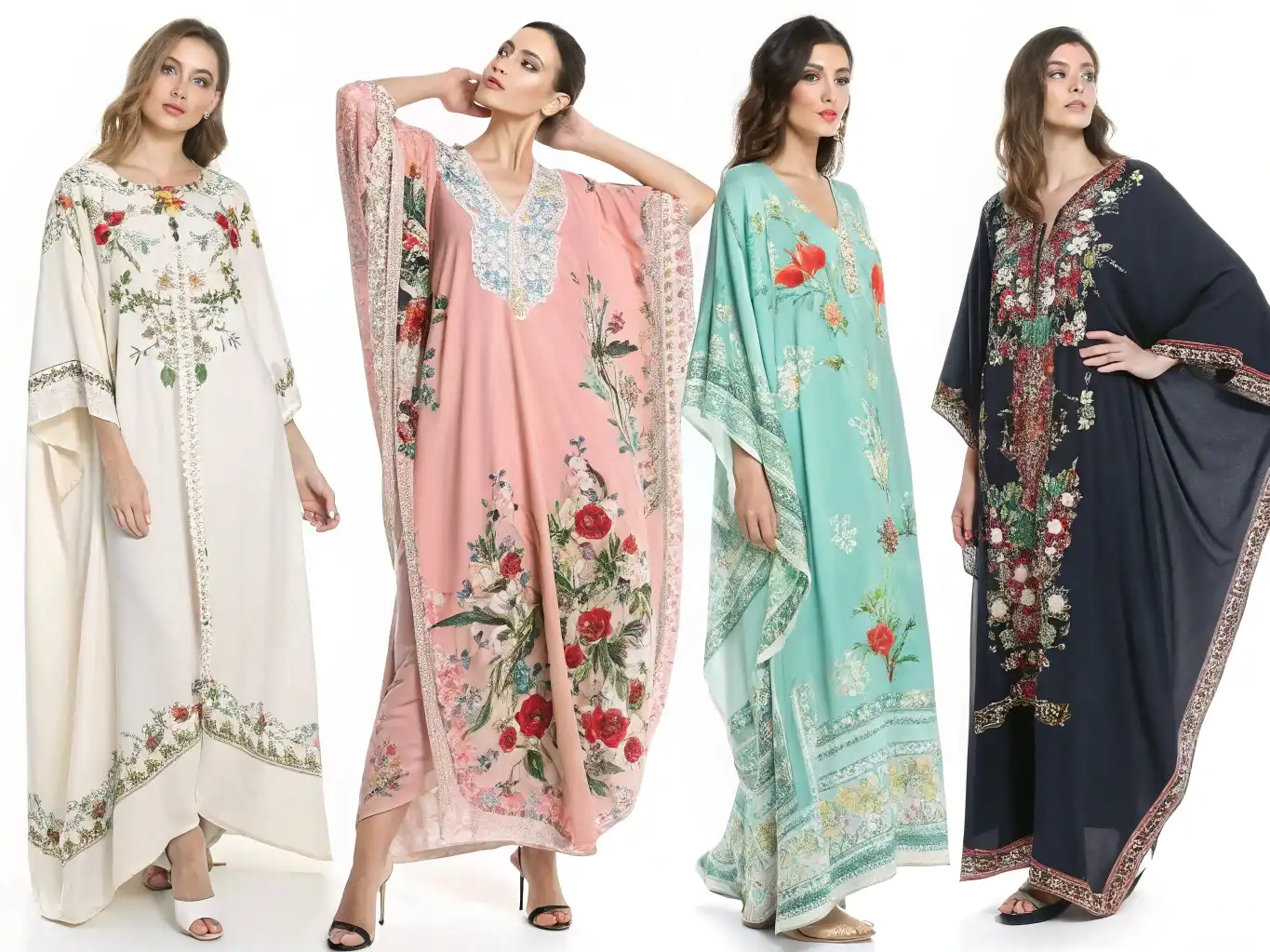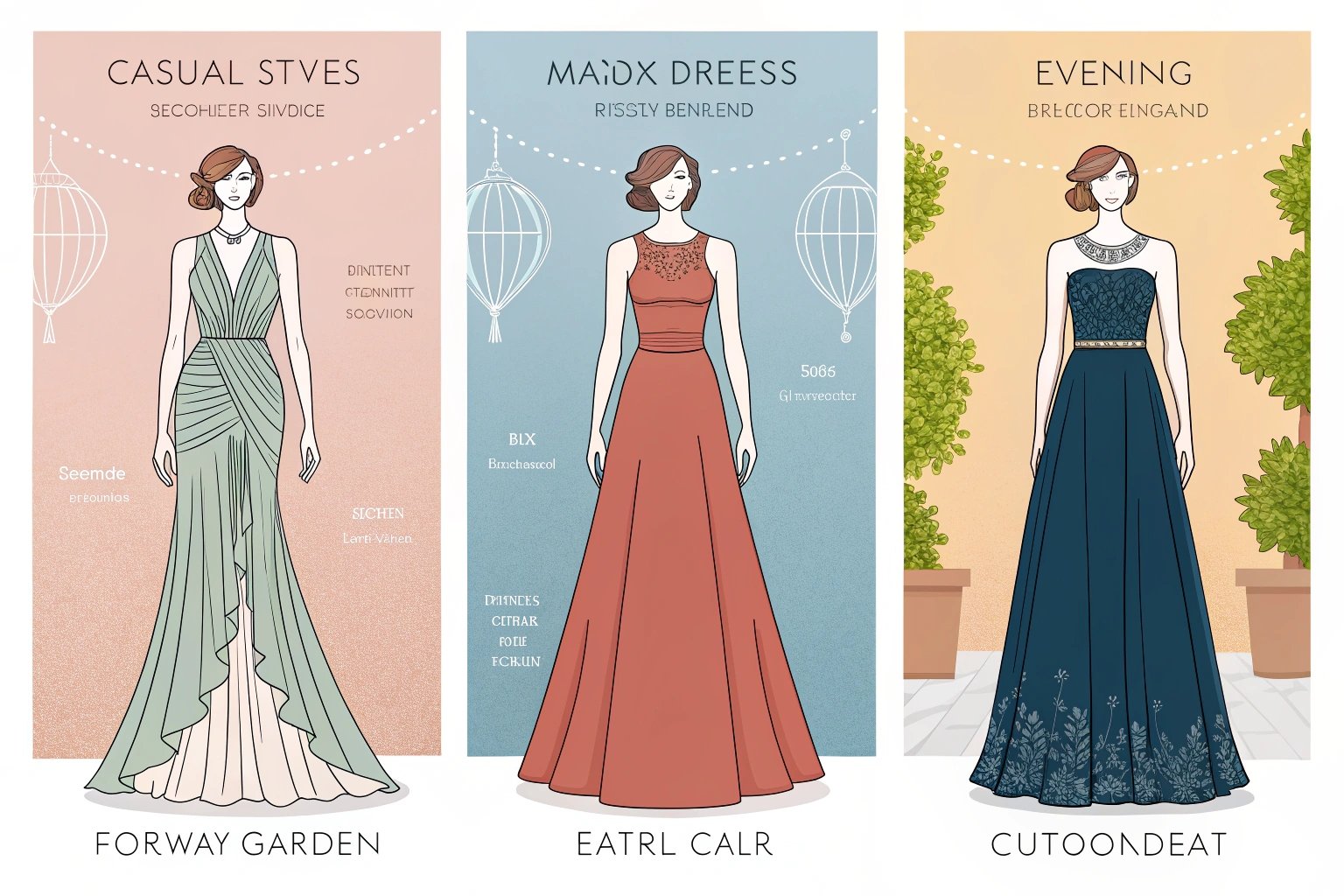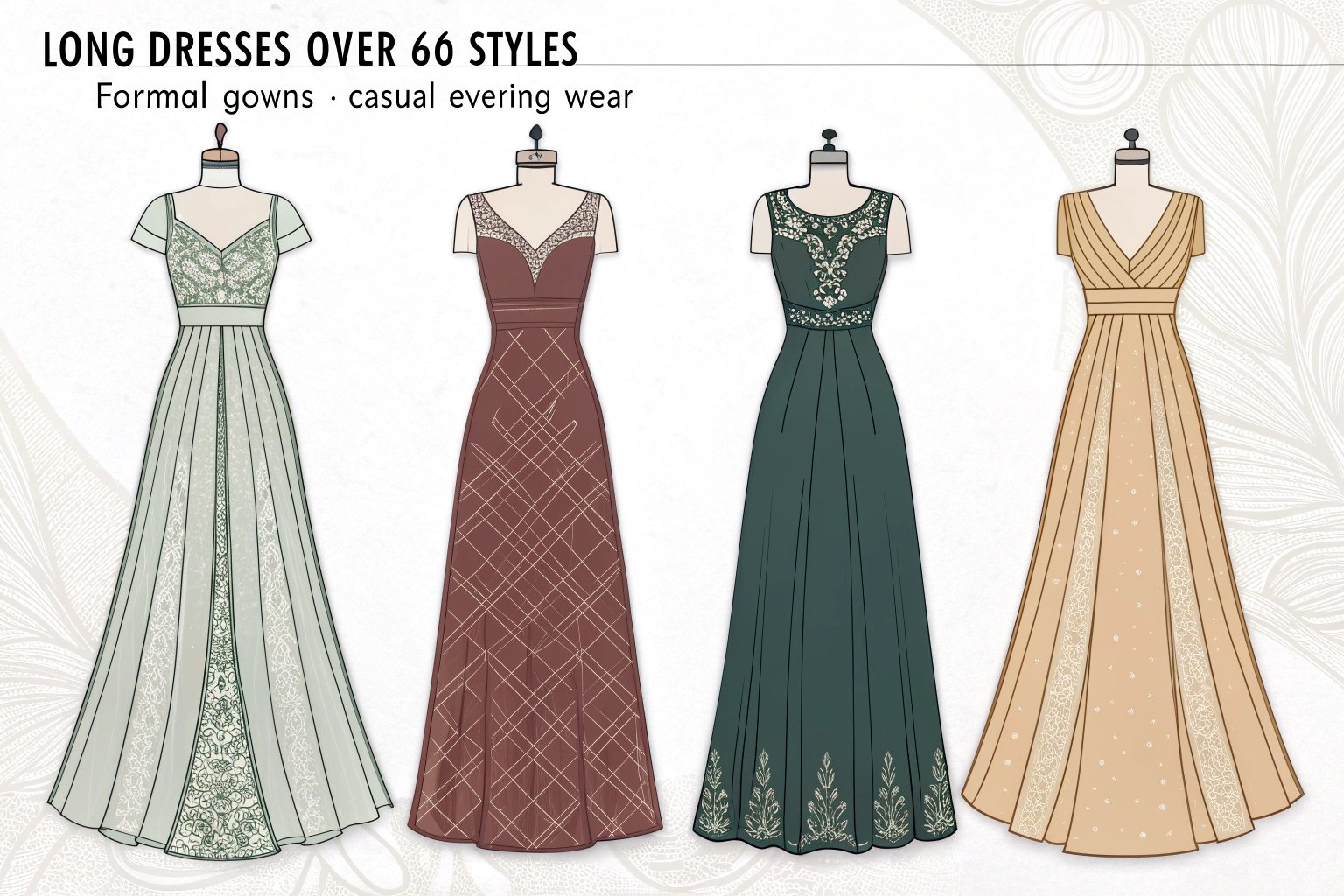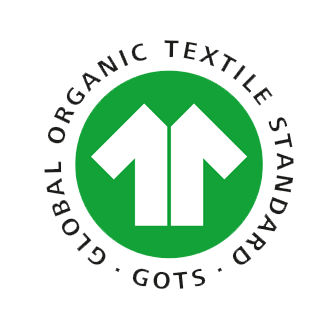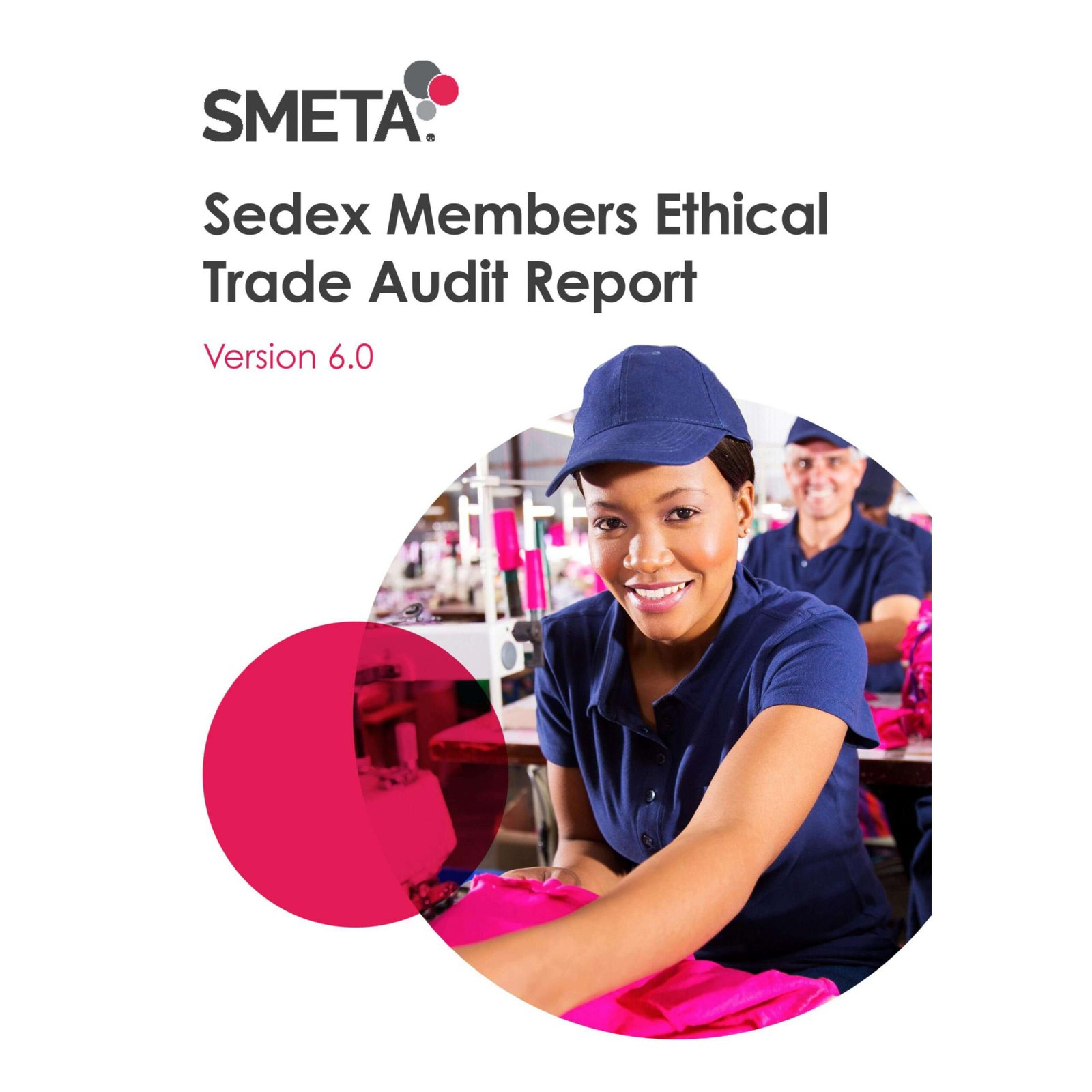The U.S. clothing market is one of the largest in the world, and its supply chain1 is a critical component of the fashion industry. For years, the majority of clothing sold in the U.S. has been sourced from overseas. Understanding where most of this clothing comes from and how U.S. manufacturers are responding to global competition can offer valuable insights for businesses and consumers alike.
While the U.S. continues to rely heavily on imported clothing, several countries dominate the supply chain1. However, shifts in trade policies, consumer preferences, and global trends are reshaping the landscape for U.S. clothing imports.
In this article, we’ll explore the leading countries supplying clothing to the U.S., how the import landscape has changed, and the challenges U.S. manufacturers face in competing with overseas suppliers.
What Are the Leading Countries Supplying Clothing to the U.S.?
The U.S. imports clothing from a variety of countries, but some nations dominate the market. China, Vietnam, and Bangladesh are the top suppliers, while emerging countries like India are also gaining traction.
These countries have become integral parts of the U.S. clothing supply chain due to factors such as cost-effective labor, established manufacturing infrastructure, and proximity to textile production hubs.
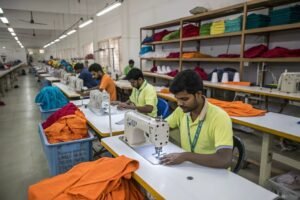 Sewing clothes in a textile factory.
Sewing clothes in a textile factory.
Leading suppliers of clothing to the U.S. include:
| Country | Share of U.S. Clothing Imports | Key Factors Driving Imports |
|---|---|---|
| China | 23% | Low labor costs2, vast production capacity, and efficient supply chain. |
| Vietnam | 15% | Lower labor costs, strong textile sector, and proximity to China. |
| Bangladesh | 6% | Extremely low labor costs, focus on ready-to-wear and fast fashion. |
How Much of U.S. Clothing Imports Come from China and Vietnam?
China and Vietnam are the largest suppliers of clothing to the U.S. and dominate the market, but their market share has fluctuated due to shifting trade policies and cost pressures.
China remains the dominant player, but its share is gradually decreasing due to trade tensions and rising labor costs2. Vietnam, on the other hand, has benefitted from favorable trade agreements and a competitive production environment.
| Country | Percentage of U.S. Clothing Imports | Recent Trends |
|---|---|---|
| China | 23% | China’s share has decreased due to trade tariffs, but it remains the largest supplier. |
| Vietnam | 15% | Vietnam’s share is increasing as U.S. brands seek alternatives to China. |
Are Other Countries, Like Bangladesh and India, Major Suppliers of Clothing to the U.S.?
Other countries, including Bangladesh and India, are important suppliers of clothing to the U.S., especially for budget-conscious and fast-fashion segments.
Bangladesh3 has been particularly successful in supplying low-cost, high-volume apparel, while India has gained ground due to its growing textile industry and established trade relations.
| Country | Share of U.S. Clothing Imports | Key Products |
|---|---|---|
| Bangladesh | 6% | Ready-to-wear, fast fashion, and textiles |
| India | 4% | Cotton garments, woven products, and knitwear |
How Has the U.S. Clothing Import Landscape Changed Over the Years?
The U.S. clothing import market has evolved significantly over the past few decades. The transition from predominantly domestic manufacturing to offshore production has been driven by cost, efficiency, and globalization.
Trade policies, changing global dynamics, and consumer demand have shaped the current import landscape, with some shifts toward nearshoring and reshoring trends.
The changes in the U.S. clothing import landscape:
| Trend | Description | Impact on the U.S. Market |
|---|---|---|
| Offshore Manufacturing Shift | Most U.S. clothing manufacturers moved production overseas due to lower labor costs | Led to a significant decline in domestic manufacturing jobs. |
| Nearshoring and Reshoring | Some U.S. companies are bringing production closer to home, particularly to Mexico and Central America | Potentially shortens lead times and reduces reliance on overseas suppliers. |
Why Has China Dominated U.S. Clothing Imports for So Long?
China’s dominance in U.S. clothing imports can be attributed to several key factors, including its vast manufacturing capacity, low labor costs, and infrastructure investment.
For decades, China’s ability to scale production, offer a wide range of products, and maintain cost-effectiveness has made it the go-to supplier for U.S. brands.
| Factor | Description | Why It Has Been Effective |
|---|---|---|
| Low Labor Costs | China has a large labor pool with relatively low wages compared to Western nations | Allows for mass production at competitive prices. |
| Large-Scale Manufacturing | China has vast infrastructure, enabling high-volume production | Meets demand for large, cost-effective orders. |
| Trade Agreements and Policies | Trade agreements such as the WTO allowed for more efficient production and trade | Facilitates smoother international trade flows. |
How Have Trade Policies and Tariffs Affected U.S. Clothing Imports?
Changes in trade policies4, particularly the imposition of tariffs on Chinese imports, have had a significant impact on the U.S. clothing import landscape.
The U.S.-China trade war led to higher tariffs on Chinese clothing, causing brands to look for alternative suppliers in countries like Vietnam and Bangladesh.
| Policy Change | Description | Impact on U.S. Clothing Imports |
|---|---|---|
| U.S.-China Trade War | Tariffs imposed on Chinese imports | Increased costs of Chinese clothing, pushing U.S. companies to source from other countries. |
| Free Trade Agreements | Agreements with countries like Vietnam and Mexico | Reduced or eliminated tariffs, making these countries more attractive sourcing options. |
How Do U.S. Clothing Manufacturers Compete with Overseas Suppliers?
U.S. clothing manufacturers face stiff competition from overseas suppliers due to the low labor costs and efficient production models found abroad. However, domestic manufacturers are finding ways to compete by emphasizing quality, speed, and local production.
Despite the challenges posed by cheaper overseas labor, U.S. manufacturers are leveraging innovation and local demand for quicker lead times and ethically sourced products to maintain a competitive edge.
The challenges U.S. manufacturers face:
| Challenge | Description | How U.S. Manufacturers Are Competing |
|---|---|---|
| High Labor Costs | Labor in the U.S. is more expensive than in countries like China or Bangladesh3 | U.S. manufacturers are focusing on high-quality, small-batch production to justify higher prices. |
| Larger Scale Overseas Factories | Overseas manufacturers can handle large production volumes with low costs | U.S. manufacturers focus on custom designs, quick turnarounds, and innovation to cater to niche markets. |
What Are the Challenges Facing United States Clothing Manufacturers in Competing Globally?
The biggest challenge for U.S. manufacturers is cost competition. Overseas suppliers, especially in Asia, can often produce clothing at a fraction of the price.
The U.S. manufacturing sector is also faced with the challenge of scaling production, limited labor availability, and the ongoing issue of outsourcing production to cheaper markets.
| Challenge | Description | Solutions for U.S. Manufacturers |
|---|---|---|
| Cost Inefficiencies | U.S. manufacturing costs are higher than those in Asia | Focus on technological innovation, automation, and efficiency improvements. |
| Limited Capacity | U.S. factories are smaller in scale compared to overseas manufacturers | Specialize in smaller, high-quality production runs and customized garments. |
| Skilled Labor Shortages | There is a lack of skilled labor for high-tech manufacturing | Invest in workforce development and automation to reduce dependency on manual labor. |
How Can U.S. Manufacturers Leverage Local Production to Meet Consumer Demand?
One of the key advantages of U.S. manufacturing is the ability to meet consumer demand for fast production and shorter delivery times.
Local production allows U.S. manufacturers to produce smaller, more specialized product runs quickly, catering to the growing consumer demand for customized and limited-edition clothing.
| Strategy | Description | Benefits |
|---|---|---|
| Small-Batch Production | Focus on producing small quantities of high-quality garments | Enables quicker production times and reduces the need for large inventory. |
| Rapid Response to Trends | Local production allows manufacturers to quickly respond to shifting fashion trends | Meets the growing demand for fast fashion with lower risks. |
| Customization and Personalization | Offering customized or personalized garments | Allows U.S. brands to differentiate themselves from overseas suppliers. |

What Are the Benefits of Sourcing Clothing from U.S. Manufacturers?
Sourcing clothing from U.S. manufacturers offers several advantages, especially in terms of quality, speed, and sustainability. As U.S. brands increasingly focus on local production, they are also helping to stimulate domestic manufacturing.
While U.S. manufacturing is more expensive than overseas production, the benefits of domestic sourcing are clear: quicker lead times, higher-quality products, and improved brand loyalty.
Benefits of sourcing from U.S. manufacturers:
| Benefit | Description | How It Helps Your Business |
|---|---|---|
| Reduced Lead Times | Domestic manufacturers can produce and ship products faster | Quicker turnaround allows for faster product availability and market responsiveness. |
| Lower Shipping Costs | Shorter distances reduce international shipping costs | Lower overall costs and environmental impact from reduced transportation. |
| Quality Control and Innovation | U.S. manufacturers focus on quality and innovation | Produces high-quality, unique products that meet consumer expectations. |
How Does Domestic Manufacturing Help Reduce Lead Times and Shipping Costs?
Domestic manufacturing allows for faster production cycles and eliminates the long shipping times associated with overseas production.
This can significantly reduce the time it takes to get products into stores and directly to consumers, making U.S.-based manufacturing a highly competitive option.
What Are the Environmental and Ethical Advantages of Supporting U.S. Clothing Manufacturers?
Supporting U.S. manufacturers helps reduce the environmental impact of long-distance shipping and ensures that workers are protected by U.S. labor laws.
As consumers grow more concerned with sustainability and ethical production practices, sourcing clothing from U.S. manufacturers can be a key selling point for brands.
What Future Trends Will Shape the U.S. Clothing Import Market?
The future of the U.S. clothing import market is likely to be shaped by a variety of factors, including shifting consumer demands, sustainability initiatives, and technological advances in manufacturing.
As the market evolves, the balance between overseas manufacturing and domestic production is shifting, with more brands looking to diversify their sourcing strategies.
Future trends shaping U.S. clothing imports:
| Trend | Description | Potential Impact on U.S. Market |
|---|---|---|
| Reshoring and Nearshoring | More U.S. brands are considering bringing production back to the U.S. or closer to home | Reduced reliance on overseas suppliers and shorter lead times. |
| Focus on Sustainability | Consumers are increasingly prioritizing sustainable and ethically made clothing | U.S. manufacturers with sustainable practices may have a competitive edge. |
| Technology and Automation | Advances in technology are helping U.S. manufacturers reduce costs and increase efficiency | U.S. manufacturers can compete more effectively on a global scale. |
Is There a Growing Push for "Made in USA" Clothing Among Consumers?
There is a growing trend towards "Made in USA" clothing as consumers become more focused on sustainability and ethical production5.
Consumers, especially millennials and Gen Z, are increasingly interested in products that are locally made and have a positive social and environmental impact.

How Are U.S. Manufacturers Innovating to Compete with Low-Cost Imports?
To compete with low-cost imports, U.S. manufacturers are embracing automation, sustainable practices, and smaller production runs that allow for faster turnarounds and customization.
By leveraging new technologies and focusing on high-quality, innovative products, U.S. manufacturers are finding ways to remain competitive in a global market.
Conclusion
The U.S. clothing market remains heavily reliant on imports, with China, Vietnam, and Bangladesh leading the way. However, U.S. manufacturers are finding new ways to compete by focusing on speed, quality, and local production. With the growing demand for sustainability and ethical manufacturing, U.S. clothing manufacturers are poised to play a larger role in the market’s future. As consumer preferences evolve, so too will the U.S. clothing import landscape.
-
Exploring the clothing supply chain can reveal the complexities and challenges faced by manufacturers and retailers. ↩ ↩
-
Labor costs are a significant factor in production decisions, and exploring this can inform business strategies. ↩ ↩
-
Bangladesh’s success in the clothing market offers lessons in cost-effective production and market strategies. ↩ ↩
-
Trade policies significantly influence the dynamics of the clothing import market, making this a crucial topic to explore. ↩
-
Ethical production practices are increasingly important to consumers, and understanding them can enhance brand reputation. ↩


